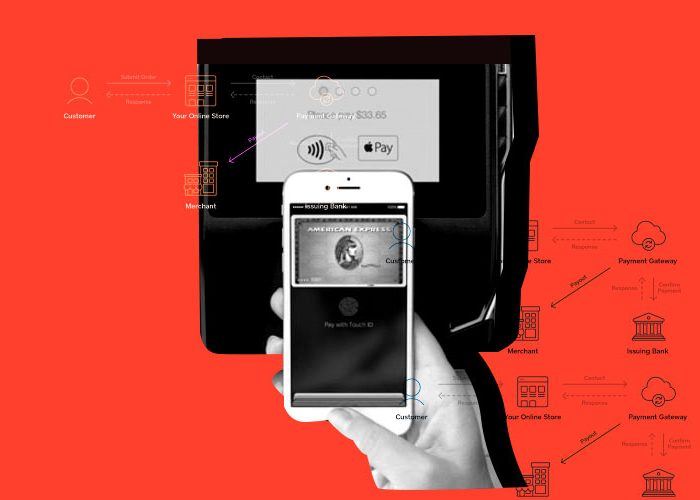
Revolutionizing the financial landscape, a deep dive into the exponential rise of mobile payment systems
In recent years, the rise of mobile payment systems has transformed how we conduct financial transactions. With the increasing dominance of smartphones in our daily lives, mobile payments have gained immense popularity due to their convenience and enhanced security. This article delves into the evolution and impact of mobile payments, exploring their growth from basic transactions to the emergence of mobile wallets, contactless payments, and peer-to-peer platforms.
By embracing mobile payments, individuals and businesses can enjoy convenience, enhanced security, speed, and efficiency. The future of mobile payments holds even more exciting possibilities, including biometric authentication, wearable devices, IoT integration, and cryptocurrencies.
The Evolution of Mobile Payments
The Early Days: Basic Transactions
The journey of mobile payments dates back to the early 2000s when basic transactional capabilities were introduced. Initially, mobile payment systems allowed users to send and receive money through SMS or text. While this was a significant step forward, it was limited in functionality and lacked widespread adoption due to technological constraints and security concerns.
The Emergence of Mobile Wallets
As technology advanced, so did the capabilities of mobile payment systems. The introduction of mobile wallets revolutionized the industry. Mobile wallets, such as Apple Pay, Google Pay, and Samsung Pay, enable users to store their payment information securely on their smartphones.
Contactless Payments: Tap and Go
Contactless payments took the mobile payment landscape by storm. Enabled by Near Field Communication (NFC) technology, contactless payment methods allow users to transact by simply tapping their smartphones on compatible payment terminals.
The Benefits of Mobile Payments
The widespread adoption of mobile payment systems can be attributed to their numerous benefits to consumers, businesses, and the economy. Let’s explore some of the key advantages:
Convenience and Accessibility
Mobile payments provide unparalleled convenience and accessibility. With a smartphone in hand, users can make transactions anytime, anywhere. Whether purchasing groceries, paying bills, or booking a ride, mobile payments eliminate the need to carry physical cash or credit cards, streamlining the entire payment process.
Enhanced Security
Security has always been a paramount concern in financial transactions. Mobile payment systems address this concern through robust security measures. Biometric authentication, tokenization, and encryption techniques protect sensitive financial information.
The Implications of Mobile Payments
The rise of mobile payments has had far-reaching implications across various sectors and industries. Let’s explore some of these implications:
E-Commerce Transformation
Mobile payments have revolutionized the e-commerce landscape. Consumers can make seamless smartphone purchases with the growth of mobile shopping apps and mobile-friendly websites.
Financial Inclusion
Mobile payment systems have played a vital role in promoting financial inclusion, particularly in regions with limited access to traditional banking services. With a mobile phone and internet connectivity, individuals can now access banking services, make payments, and participate in the digital economy.
Small Business Empowerment
Mobile payments have leveled the playing field for small businesses. By accepting mobile payments, small merchants can offer customers a wider range of payment options and compete with larger establishments.
The Future of Mobile Payments
Mobile payment systems are poised for further advancements and widespread adoption as technology continues to evolve. Here are some trends shaping the future of mobile payments:
Biometric Authentication
Biometric authentication, such as fingerprint scanning and facial recognition, is becoming increasingly prevalent in mobile payment systems. These advanced security measures offer an additional layer of protection, further enhancing the trust and confidence of users.
Wearable Devices
Integrating mobile payment capabilities into wearable devices, such as smartwatches and fitness trackers, is gaining momentum. Users can make payments seamlessly by tapping their wearable devices, eliminating the need to carry smartphones or wallets.
Internet of Things (IoT) Integration
The Internet of Things (IoT) transforms how we interact with everyday objects. Mobile payment systems can integrate with IoT devices, enabling users to make payments through connected appliances, smart home systems, and even vehicles. This convergence of technologies opens up new possibilities for frictionless and context-aware payments.











